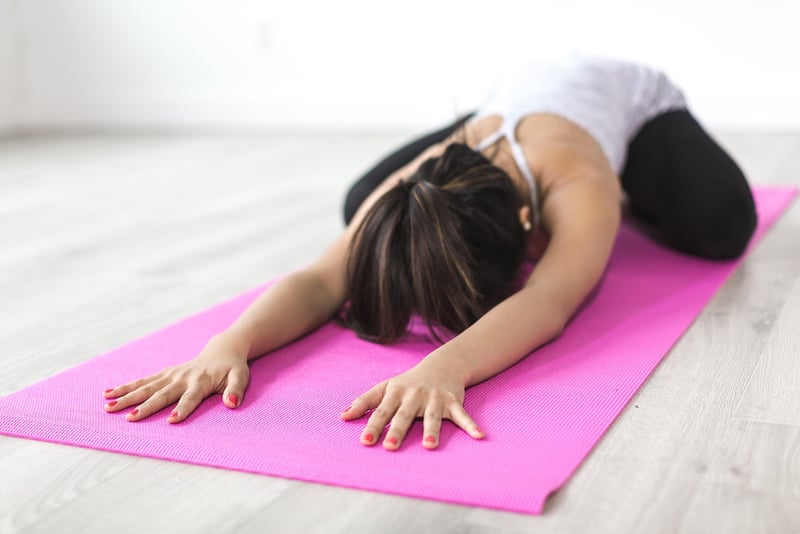Pranayama Techniques
Enhance Mindfulness and Pranayama Techniques
Mindfulness Techniques
Mindfulness involves being fully present in the moment, paying attention to thoughts and feelings without judgment. Here are some techniques to enhance mindfulness:
1. Mindful Breathing
Focus on your breath, noticing each inhale and exhale. This helps center your mind and anchor you in the present moment.
2. Body Scan Meditation
Start from the top of your head and gradually move down, focusing on each part of your body. Notice any sensations without trying to change them.
3. Mindful Eating
Pay attention to the colors, textures, flavors, and smells of your food. Chew slowly and savor each bite.
4. Walking Meditation
Take a slow, deliberate walk, focusing on each step and the sensations in your body as you move.
Pranayama Techniques
Pranayama is the practice of controlling the breath to increase vitality and mental clarity. Here are some pranayama techniques:
1. Ujjayi Breathing
Also known as "ocean breath," this technique involves breathing in and out through the nose with a slight constriction in the throat, creating an audible sound like ocean waves.
2. Nadi Shodhana (Alternate Nostril Breathing)
Close one nostril with your thumb and inhale through the other nostril. Then, close the other nostril with your finger, release the thumb, and exhale through the first nostril. Repeat on the other side.
3. Kapalabhati (Skull Shining Breath)
Rapidly exhale by forcefully contracting the lower belly, followed by passive inhalation. This energizing breath can help clear the mind and boost focus.
Practicing mindfulness and pranayama techniques regularly can help reduce stress, improve focus, and enhance overall well-being.

For more in-depth guidance on mindfulness and pranayama, consider seeking advice from a qualified instructor or attending classes at a local yoga studio.
Remember, consistency is key when it comes to reaping the benefits of these practices. Start with small steps and gradually build your practice over time.
